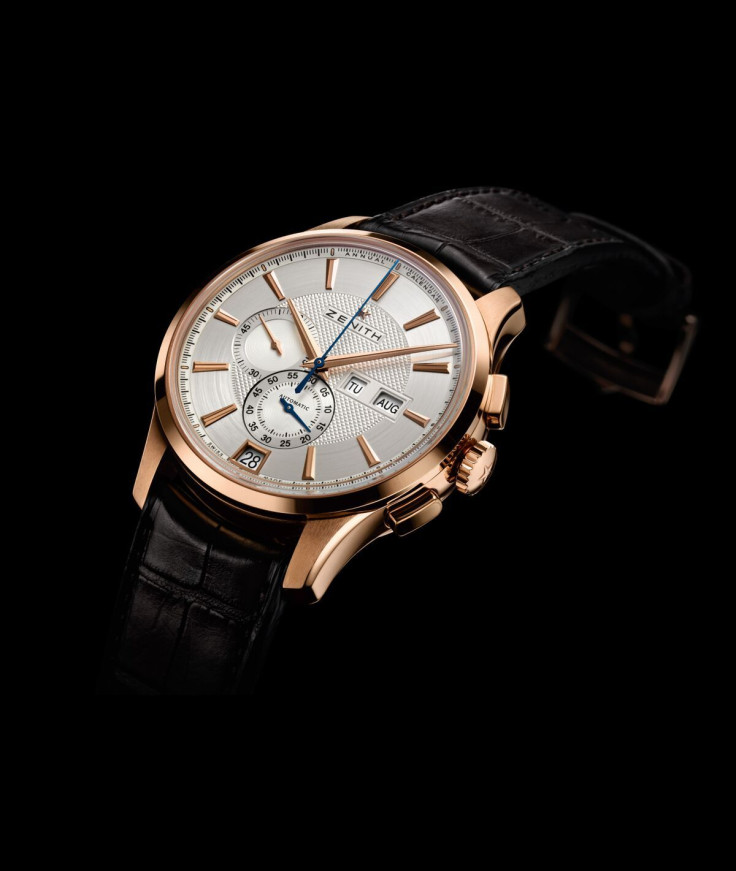The Revolution In Calendar Watches
Sponsored content from Modern Luxury
For lovers of beautiful mechanical pieces, the famous "perpetual calendar" (which accounts for leap years) is synonymous with sophistication and exclusivity. However, there is a vast range of other calendar watches offering various displays and levels of precision—from a simple date aperture on a "secular<ins cite="mailto:susan%20jacquet" datetime="2015-12-07T19:46">" (or century) <ins cite="mailto:susan%20jacquet" datetime="2015-12-07T19:46">calendar, to large dates and day/date indications.
Over the last few years, a new complication has also come to the fore: the annual calendar, which requires just one correction per year. Another emerging trend stems from increasing globalization: the Gregorian calendar is no longer alone in the spotlight, with watchmakers turning to the Chinese, Muslim and Hebrew calendars as well. Calendar watches are also undergoing an aesthetic revolution, with numerous innovations in design and display modes.

The very first medieval monumental clocks (particularly the 14th- and 15th-century cathedral clocks) already displayed a number of astronomical indications, some of which were related to the calendar. Calendar displays appeared at a relatively early stage on pocket watches—well before the minutes and seconds hands. From the late 16th century onwards, certain astronomical watches showed the time, the date, the day of the week and the month (with its length).
Calendar watches subsequently proved a great success, but they were nonetheless merely "simple calendars" requiring manual adjustment after each month with less than 31 days, meaning five times a year. It was not until the late 18th century that the so-called "perpetual calendars" were developed, taking account of the variable lengths of the months and of the leap-year cycle.

The 1920s saw the emergence of the first perpetual calendar wristwatches representing authentic feats of miniaturization. In 1945, Rolex claimed the launch of the first wristwatch with date window, the Datejust, which a few years later was fitted with a magnifying glass to facilitate reading of the date. The date window subsequently became a classic feature of "simple" watches. In the 1980s, with the rebirth of mechanical watchmaking, the perpetual calendar made a spectacular comeback as a symbol of technical mastery and expertise, and all the major brands were keen to perfect this already highly sophisticated mechanism.
The start of the new millennium has witnessed the breakthrough of a complication that was curiously rare until then, the annual calendar, which is more practical than the simple calendar, but less complex and less expensive than the famous perpetual calendars.
Watchmakers are also keen to develop their global clientele, proposing watches based on calendars other than the Gregorian one, such as Chinese, Muslim or Hebrew<ins cite="mailto:susan%20jacquet" datetime="2015-12-07T19:46"> versions . The new "most complicated watch in the world," Vacheron Constantin's Reference 57260 (2015), features among its 57 complications no fewer than eight that refer to the Hebrew perpetual calendar.





















